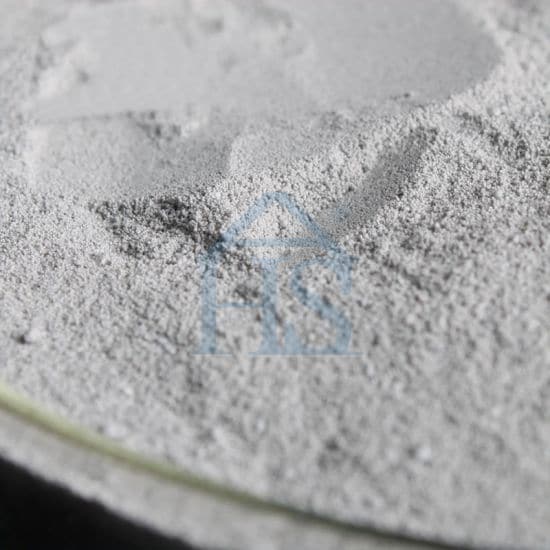What is a Pozzolanic Reaction?
Definition and mechanism
A pozzolanic reaction refers to the chemical process wherein a pozzolan, a material containing reactive silica and/or alumina, reacts with calcium hydroxide (also known as lime) in the presence of water. This reaction produces calcium silicate hydrate (CSH) and calcium aluminate hydrate (CAH) – the same products formed during cement hydration, which contribute to the strength and durability of concrete.
Importance in concrete technology
Pozzolanic reactions are critical in enhancing concrete’s performance as they consume calcium hydroxide, a byproduct of cement hydration, which can be detrimental to concrete’s durability. By converting it into CSH and CAH, pozzolanic reactions contribute to improved strength and durability, as well as reduced permeability.
Role of Silica Fume in Enhancing Pozzolanic Reactions
Reactivity and particle size
Silica fume’s ultrafine particles and high silica content make it highly reactive, resulting in an accelerated pozzolanic reaction. The small particle size allows it to fill in the voids between cement grains, resulting in a denser microstructure.
Verbeterde sterkte en duurzaamheid
By enhancing the pozzolanic reaction, silica fume contributes to the formation of additional CSH and CAH, improving the mechanical properties and durability of concrete.
Voordelen van Silica Fume in beton
Verhoogde druksterkte
The addition of silica fume to concrete mixtures results in a significant increase in compressive strength. This is due to the accelerated pozzolanic reaction and the denser microstructure, which leads to a stronger and more durable concrete.
Enhanced resistance to chemical attack
Silica fume’s ability to reduce concrete’s permeability makes it more resistant to chemical attacks, such as those from sulfates and chlorides. This is particularly important in structures exposed to harsh environments, like bridges, mariene structuren, and wastewater treatment plants.
Verminderde doorlaatbaarheid
The ultrafine particles of silica fume fill in the voids between cement grains, making the concrete less permeable. This reduction in permeability helps protect the concrete from water penetration and the subsequent damage caused by freeze-thaw cycles, corrosie, en andere vormen van achteruitgang.
Mitigating alkali-silica reaction
Silica fume helps mitigate the alkali-silica reaction (ASR), a chemical reaction that can cause significant damage to concrete structures. By consuming the alkalis in the cement paste, silica fume reduces the risk of ASR and its deleterious effects.
Challenges and Limitations
Handling and storage
Silica fume’s ultrafine particle size can make it challenging to handle and store. It can easily become airborne, creating potential health and environmental concerns. Proper precautions and equipment are necessary to manage these issues.
Cost considerations
While silica fume offers numerous benefits to concrete, it can also be more expensive than other SCMs. It is essential to weigh the costs against the benefits when considering its use in a concrete mixture.
Conclusie
Silica fume’s effectiveness in improving concrete performance is primarily due to its ability to enhance pozzolanic reactions. Its ultrafine particles and high reactivity contribute to increased strength, duurzaamheid, en weerstand tegen chemische aanvallen. Echter, challenges such as handling, opslag, and cost should be considered when incorporating silica fume into concrete mixtures.
Veelgestelde vragen
Q1: Can silica fume be used in all types of concrete?
A1: Silica fume can be used in various concrete mixtures, but its benefits and potential challenges should be carefully considered based on the specific requirements of the project.
Vraag 2: How does silica fume improve concrete?
A2: Silica fume enhances concrete performance by accelerating pozzolanic reactions, resulting in a denser microstructure, increased compressive strength, verminderde doorlaatbaarheid, and enhanced resistance to chemical attacks.
Q3: What is a pozzolanic reaction?
A3: A pozzolanic reaction is a chemical process where a material containing reactive silica and/or alumina reacts with calcium hydroxide in the presence of water, forming calcium silicate hydrate and calcium aluminate hydrate, which contribute to the strength and durability of concrete.
Q4: What are the challenges and limitations of using silica fume in concrete?
A4: The challenges of using silica fume include handling and storage due to its ultrafine particle size, potential health and environmental concerns, and cost considerations.





